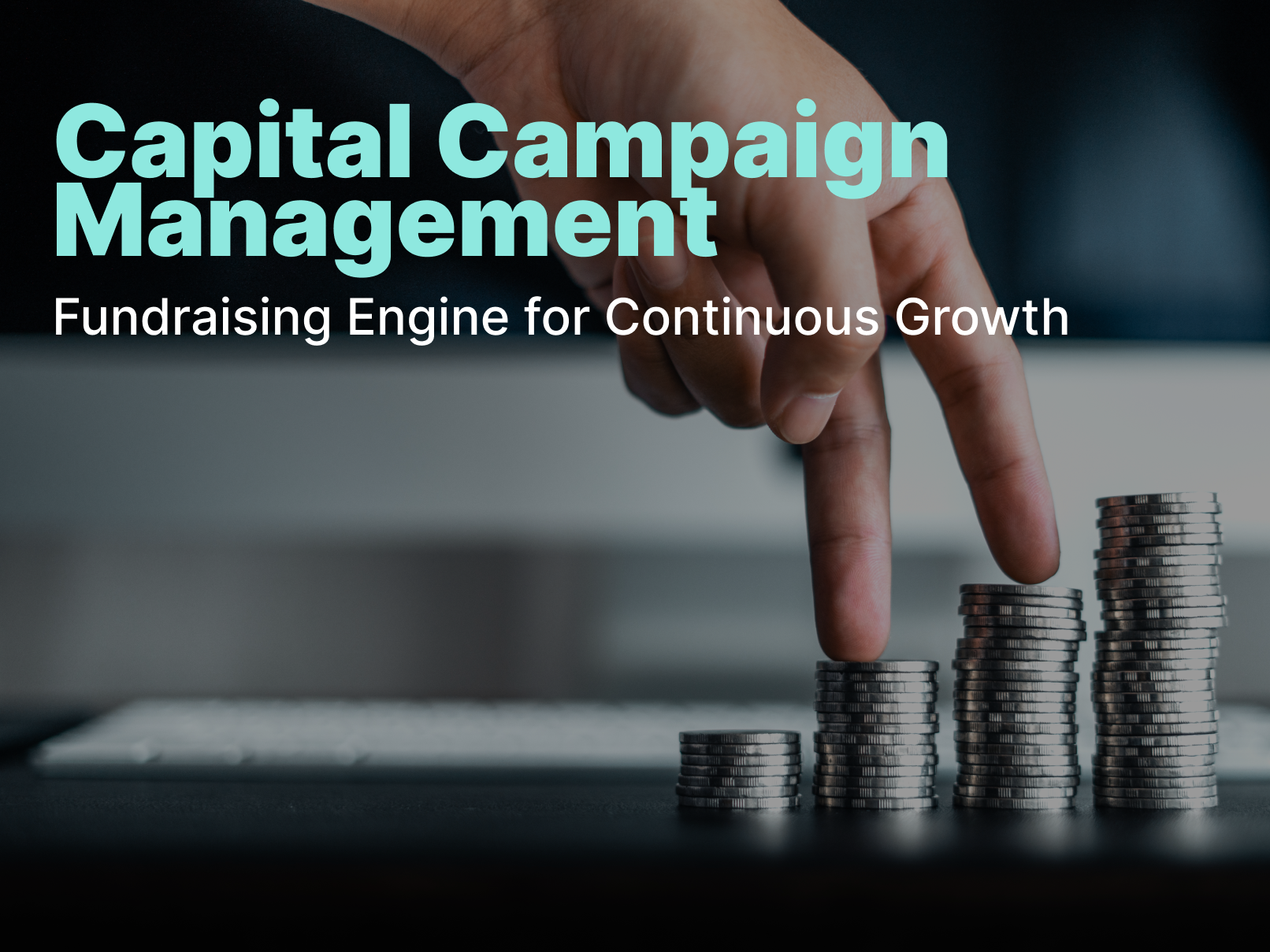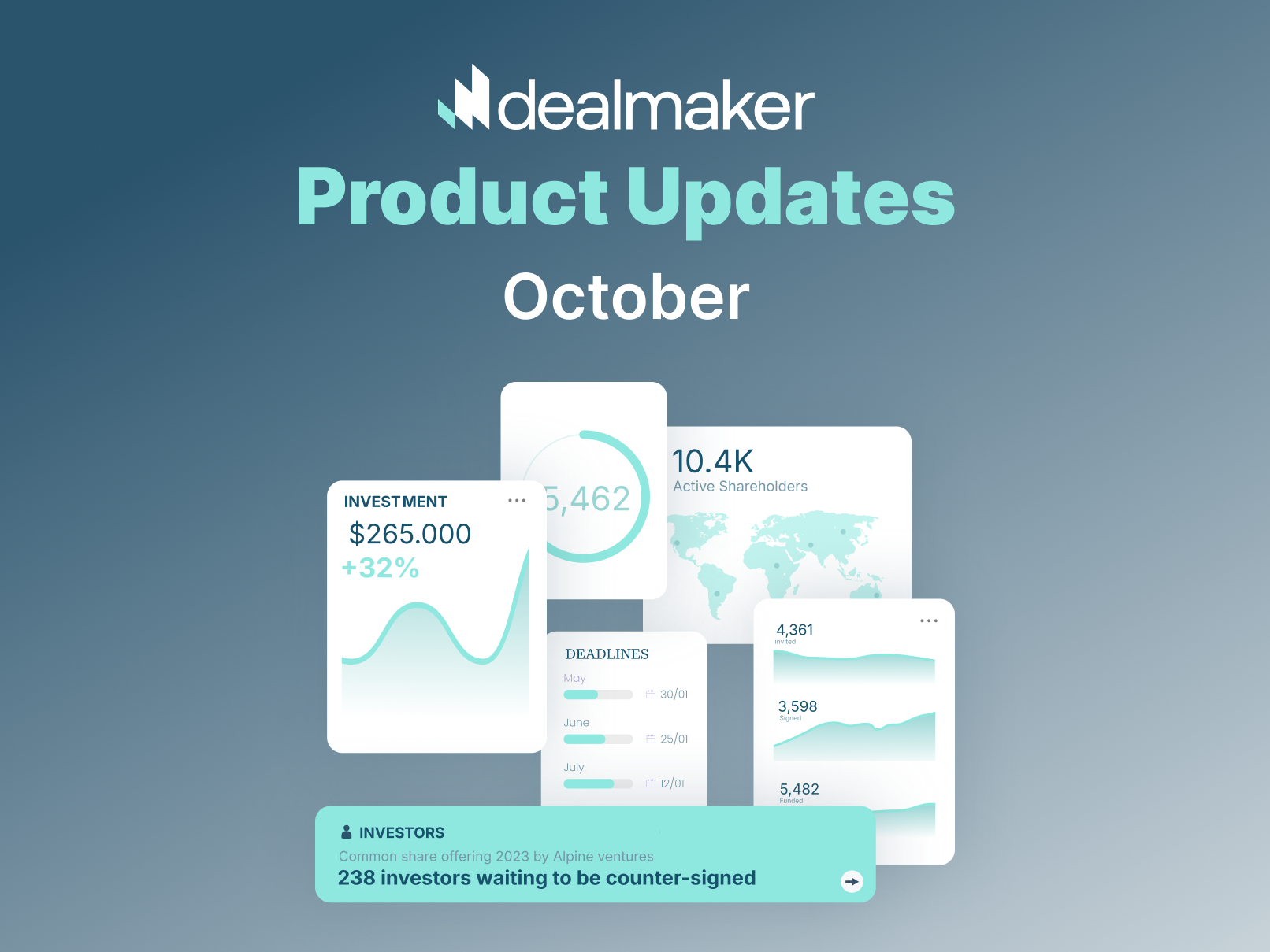Raise Capital
August 14, 2023
Raise Forecasting 101: Key Factors for Success
It’s been 11 years since the JOBS Act was signed into law, ushering in a new era for startups seeking capital and sparking the creation of the entire equity crowdfunding industry.
Since then, thousands of issuers have raised upwards of $10 billion between Regulation CF (Reg CF) and Regulation A+ (Reg A+). Numerous studies have been conducted that analyze key factors that contribute to the success of an equity crowdfunding campaign; we’ve distilled many of those findings down to the top 10. Let’s dive in.
1. Your Brand’s Network & Community
Your brand’s community (i.e. customers, followers, investors, advocates, etc.) is without a doubt the most important indicator of suitability for crowdfunding. While some platforms use the promise of their investor community as a main selling point, the reality is that the vast majority of offerings won’t perform well without their own communities leading the charge.
The more engaged your community is, the better—so in the months leading up to an equity crowdfunding raise, it’s a good idea to start posting more often and interacting with that audience. Leveraging rewards and perks to entice customers to turn into investors is also a critical strategy.
“Everything happens digitally at this point - and distribution is all that matters when you’re talking about digital acquisition, whether that’s customers or shareholders. Recently, we’ve seen a power dynamic shift in what it means to have distribution and who owns that. Think about Kim Kardashian starting a private equity fund, or Mr. Beast’s burgers: these influencers own their communities, and are able to leverage that as distribution. Why try to go some circuitous route through middlemen and other people to reach investors and reach capital when you own that distribution already?” - Jon Stidd, President of Marketing Services (formerly DealMaker Reach)
2. The Founding Team’s Track Record & Reputation
In order to raise capital via Reg CF or Reg A+, all the major stakeholders in the business will need to pass some level of background check—but even beyond that, the founding team’s track record plays a large role in the success of an ECF campaign.
Savvy, repeat retail investors want to see a competent and experienced team driving the business forward. A team with a proven track record in the industry or with relevant expertise inspires confidence that they can effectively execute the business plan and navigate challenges successfully. Having a social presence as a subject matter expert in the field is key for founders looking to raise with the crowd. Investors want to know the founder(s) have gone through some of the process and faced some of the unique trials of entrepreneurship, and will not make rookie mistakes.
3. Quality of the Offering Page
As prospects get pulled into your campaign, it’s crucial not to lose them on the first step. Yes, you can simply add an “Invest Now” button to your website - but that offer messaging and user experience plays a key role in how many investors you convert. Even a great product will only sell if the page used to describe it is impactful and eye-catching—and the same goes for an equity crowdfunding offering.
Issuers raising capital via ECF should ensure their offering page is clear, concise, and well-written, with compelling graphics and a mix of media types. Contracting a specialized marketing agency (like our Marketing Services) is the perfect way to maximize the impact of an online capital raise; it takes a certain level of experience and expertise to know exactly what works and what doesn’t in the online capital markets. (You can contact our Marketing Services by clicking here.)
4. Paid Advertising & Sponsored Placements
In addition to optimizing your offering page’s conversion rate, it’s critical to continue driving traffic to that page via paid advertising (again, just like eCommerce - organic traffic will only get you so far). Most successful campaigns will use a mix of paid ads, organic social posts, and sponsorships (e.g. in popular newsletters) to drive leads to their offerings.
This is another piece of the puzzle that our Marketing Services (formerly DealMaker Reach) clients have a unique advantage in—because DealMaker has an exclusivity agreement with Morning Brew and its family of newsletters for equity crowdfunding opportunities (Morning Brew’s flagship publication alone boasts over 4 million readers as of early 2023). Expanding beyond traditional digital platforms like Google and Meta is an important part of the advertising mix that our Marketing Services use to target your potential investors.
DealMaker also has the capability to use tracking pixels on any investment page we power in the backend—which means that our issuers have the unique capability to retarget leads and visitors who haven’t yet converted.
5. Payment Processing & User Interface
When it comes to selling anything online, getting eyeballs on your page is just the beginning. Converting those visitors into paying customers—or in this case, investors—is the part that really counts. This is a major area where DealMaker is the clear industry leader. Our payment rails are custom-built for unmatched efficiency; in fact, our mobile checkout takes less than a minute to complete, even for international investors.
Complying with the relevant crowdfunding regulations and legal requirements is also of utmost importance. Failure to adhere to these regulations can lead to legal issues and harm the campaign's reputation. Ensuring your investor checkout is on tech that is proven to be secure and compliant builds trust with investors and demonstrates that your brand is responsible and accountable.
6. Third-Party Recommendations & Endorsements
A third-party endorsement, especially from an influencer in the space, celebrity or another well-known brand, can have a significant impact on the success of an equity crowdfunding campaign. Not only does an endorsement or recommendation drive more traffic and media attention to a campaign—it also acts as a means of “social proof” that can give potential investors the confidence and trust they need to go from “interested” to “invested.”
7. Additional Outside Funding
Companies that already have additional outside funding—like institutional or venture capital—do particularly well with retail investors. Similar to having a third-party endorsement, the presence of big-ticket investors is a great validation of a knowledgeable backer to a company’s potential future success. Many investors also see it as a risk reducer, because they know a VC-backed company has already passed a professional firm’s due diligence process.
8. Communication Cadence: Quantity & Quality of Campaign Updates
Equity crowdfunding isn’t as simple as launching and then waiting for the money to roll in. It’s an ongoing campaign that needs management, optimization, and oversight to be done right. Posting high-quality updates as often as possible is one of the best ways to convert leads into investors (and to drive reinvestment as well).
First, posting regular campaign updates sends a message that the founding team is fully committed to their offering, and willing to put work in to raise that capital. It’s an effective way to build relationships with your community of potential investors as trust and connection are both critical considerations for many retail investors. Second, campaign updates can be used to demonstrate ongoing traction, new product updates and/or news coverage, showing potential investors that the founding team is moving the business forward quickly and impactfully. Creating FOMO (fear of missing out) is critical to convert those who are still on the fence.
9. The Idea Itself
Pitching your business to a retail investor audience is a bit different from seeking VC funding. While there are VC firms out there specializing in all manner of niche technologies, it’s relatively uncommon for an incredibly technical concept to “land” with the retail audience.
That’s because, in general, people like to invest in concepts and products they understand. A company that’s working to solve a problem that impacts them directly, or that impacts someone they know, is going to have a much easier time raising from the crowd than, say, a hyper-focused B2B SaaS company serving a narrow and tech-focused client base.
Aside from a project’s relatability to the general population, retail investors tend to put more support behind ideas that are creative, original, and (of course) lucrative. The bigger total addressable market (TAM), the better—especially if the company has a clear competitive advantage or intellectual property protecting their leading position in the market.
10. The Terms of the Offering
The terms of the deal itself are another key consideration. Setting a reasonable valuation for the company is essential. Overvaluing the business can deter potential investors, as they may see the investment as too risky or unrealistic. A well-justified valuation shows respect for investors' contributions and can positively impact their decision to invest.
Offering incentives and perks can also motivate potential investors to participate. These perks can include early access to products or services, exclusive rewards, discounts, or equity shares. The value of the incentives should align with the investment amount, making the offer compelling for backers.
Overall, pitching to a retail investor audience isn’t all that different from pitching to financial institutions or VCs. Any potential investor, big or small, is going to look for a creative idea that solves a problem; a clear business plan with achievable milestones on the road to success; market validation and demonstrated traction; and so forth.
The key difference to keep in mind is that retail investors are, by definition, individuals who are choosing to invest their own hard-earned capital into projects they believe in. That’s why community, communication, and connection are so important to a crowdfunding campaign’s success.

Your submission has been received. We will reach out to you via email to schedule a call.
Oops! Something went wrong while submitting the form.



.png)





.webp)
.webp)
.webp)
%20(1).webp)

.webp)